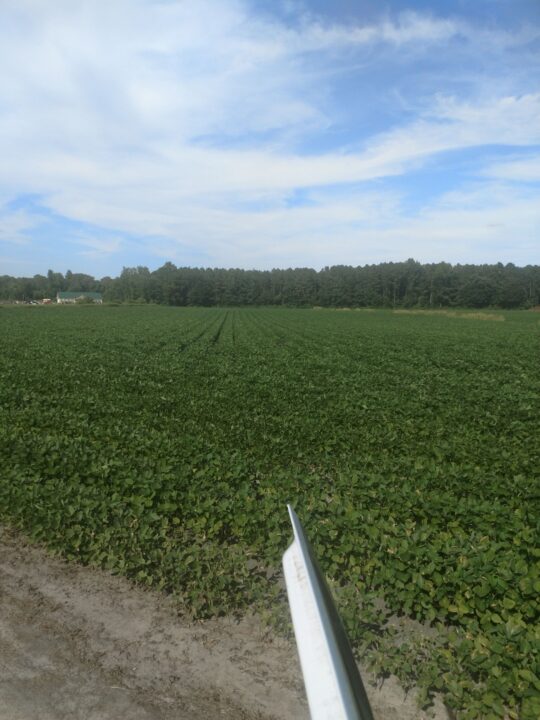Farm Labor Delays Taking Toll On Crops [Opinion]
Farmers have warned consumers for years that our broken agricultural labor system would result in crops rotting in the field. Today, crops are rotting in the field.
Given the political uncertainty around any meaningful ag labor reform, especially in the wackiest of election seasons, growers are flocking to the H-2A program. It is the only game in town for growers who want to ensure a legal workforce that will stay on the farm a contractual period of time. The program is expensive and riddled with red tape, yet employment of H-2A workers has nearly tripled in the past five years.
In Florida, growers are even further along using the program. Approximately 80% of the state’s citrus crop is harvested by these seasonal workers. More and more vegetable and small fruit growers are turning to the program as well.
Unfortunately, the demand for these workers and red tape endemic in government is creating backlogs and delays of workers reaching the fields where they are needed to harvest crops.
This year, the problem has come to a head. And the Department of Labor (the agency that runs the program) is hearing about it. In June, more than 100 members of the U.S. House of Representatives sent a letter to the Labor Department and U.S. Citizenship and Immigration Service. The letter addressed the delays farmers are facing:
“Growth in the H-2A program has occurred despite extreme regulatory hurdles, government inefficiencies, and high costs. The need for a legal and reliable workforce is so great that farmers use this program despite these concerns.
“Unfortunately, regulatory roadblocks create even more complexity. For the past two years, H-2A employers have experienced unacceptable delays in the processing of labor certifications, visa petitions, and interviews for final border crossing and arrival on farms and ranches.
“Already this spring, farmers from all across the country are seeing significant delays at the U.S. Department of Labor (DOL) and the U.S. Citizenship and Immigration Service. Unfortunately, it also is clear that DOL is at times not following the statutory requirement prescribed in law to respond to applications 30 days prior to the farmer’s date of need.
“These delays are devastating to growers and ranchers that cannot wait to plant, tend, and harvest. DOL must comply with the law, and the failure to comply is unacceptable. This trend leaves growers fearful of a major break-down in the system when peak demand for H-2A workers hits beginning in June.”
Did you catch that part about the DOL not complying with the law to which they are bound? We have growers trying to abide by the law, but these roadblocks are making it impossible. Would growers get a pass if they broke the law?
I can hear the opponents now. “Just pay more and hire local legal citizens to do the work.” Under H-2A, growers have to offer locals the jobs first. And, how much more pay are we talking about? Is $20 per hour enough, or should it be even more? Hello, big grocery bill. Consumers should love that — NOT!
I was talking to a citrus grower who uses H-2A. He told me he can count on his fingers the number of locals who have lasted a full harvest season over past several years. In agriculture, that won’t work.
I know we face a complicated problem rife with questions about the balance between wages, hard work, and the need to harvest the food that feeds us. But, we need to find an answer. American Farm Bureau President Zippy Duvall summed it up well: “We’re going to have to make a choice. We either have to import our labor — workers to harvest our crops — or we’ll have to import our food.”










